14 Fun Garden Projects to Do with Kids in November
November offers a great opportunity to spend time outdoors with your kids, and the garden is the perfect place to start. With the right projects, you can keep children engaged and help them learn about the natural world. From simple planting activities to outdoor crafts, there are endless possibilities. These projects will not only help improve your garden but also provide quality family bonding time. So, let’s get the kids involved and make this month special in the garden!
This post may contain affiliate links, which helps keep this content free. Please read our disclosure for more info.
Planting Winter Vegetables
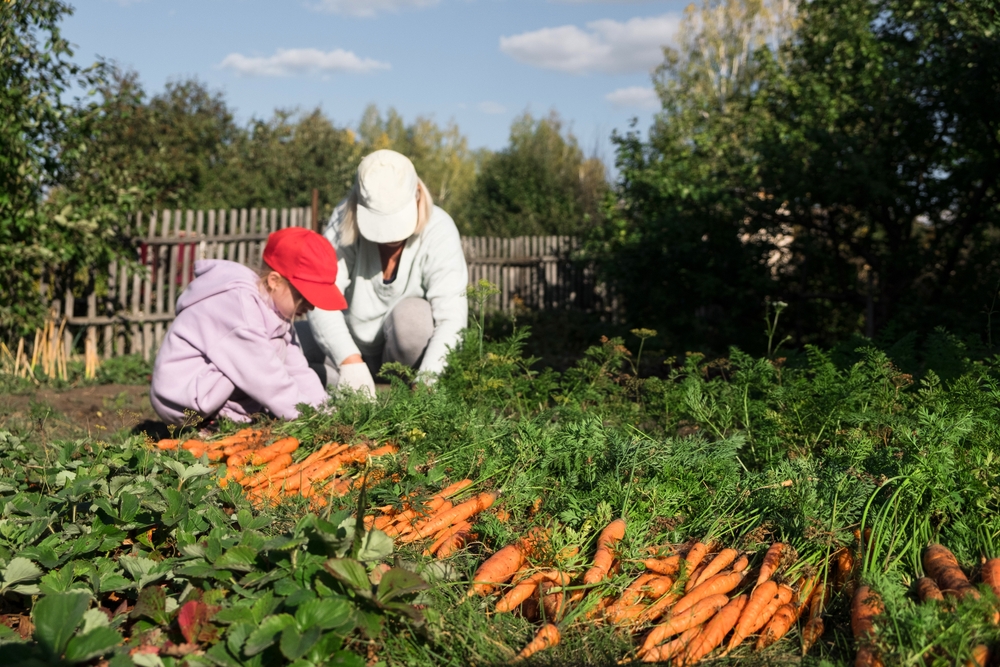
Planting winter vegetables is a simple yet rewarding way to involve kids in the garden during the colder months. It’s a fun way for children to learn about how different plants grow and thrive in cooler weather. You can plant hardy vegetables like kale, spinach, and carrots, which can survive through the winter. Kids will enjoy the hands-on experience of digging holes, planting seeds, and watering the plants. Watching the vegetables sprout as the weather cools adds an element of excitement to their gardening journey.
These easy-to-grow vegetables will not only teach children about nature’s cycles but also provide them with a sense of accomplishment. As the plants begin to grow, kids will look forward to watching them develop. It’s a great educational project that teaches patience and responsibility. Plus, planting now means they can look forward to fresh produce come early spring. Involving kids in this process is a fantastic way to keep them engaged in the garden through the colder months.
DIY Bird Feeder Project
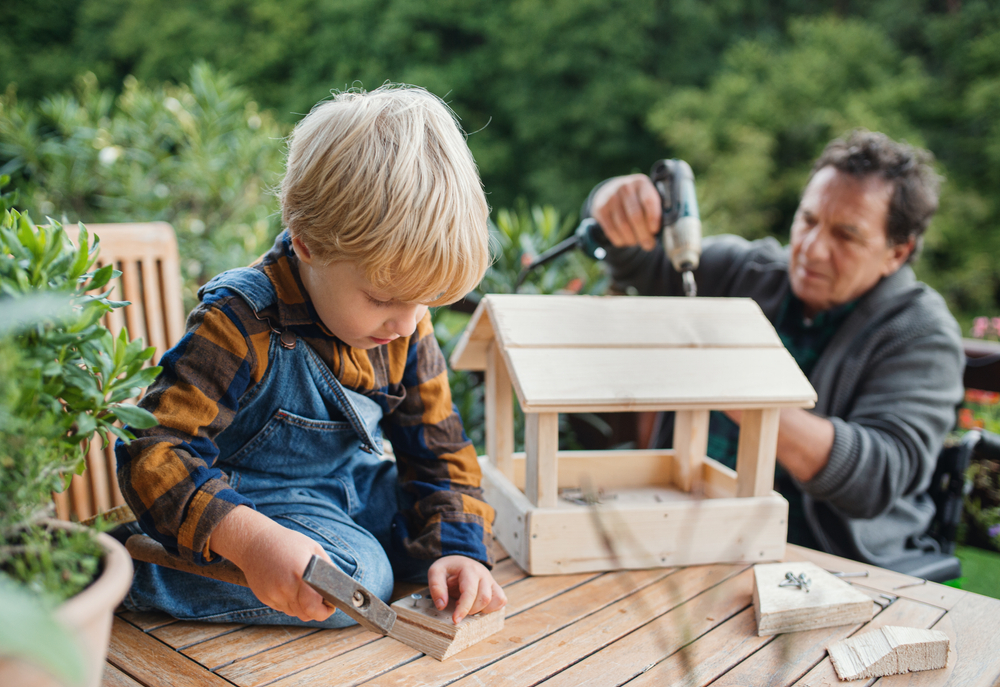
Making a simple bird feeder is a fun and easy way to introduce kids to the joys of wildlife in the garden. By using materials like pinecones, peanut butter, and birdseed, children can create their own bird feeder. The process is not only creative but also gives kids a sense of giving by helping local wildlife survive the colder months. Once the bird feeders are ready, kids can hang them around the garden and watch birds come to visit. It’s an enjoyable project that allows children to be active and observant in nature.
As the birds flock to the feeder, kids can learn about different species and their behavior. This project also encourages children to spend time outdoors, regardless of the weather. It’s a wonderful way to combine creativity with environmental education. Watching the birds enjoy their food adds a sense of reward for the effort put in. The bird feeder becomes a charming garden feature that kids can proudly show off.
Creating a Fall Leaf Collage

Creating a colorful leaf collage is a fun craft that lets kids bring the outdoors inside. By collecting leaves from the garden, children can create vibrant art pieces using various colors and textures. This activity allows kids to express their creativity while learning about the different types of trees in the process. As they arrange the leaves, kids can experiment with different patterns and designs. It’s a hands-on activity that combines nature with artistic expression.
In addition to being a fun project, a leaf collage helps children develop fine motor skills as they cut and glue. It’s an easy and budget-friendly way to keep kids busy while celebrating the season. Kids will enjoy exploring the garden to find the best leaves and also learn about the cycle of leaves during the fall. The finished collages can be proudly displayed at home, reminding them of the fun time spent in the garden. It’s a simple and rewarding project for any age.
Building a Simple Bug Hotel
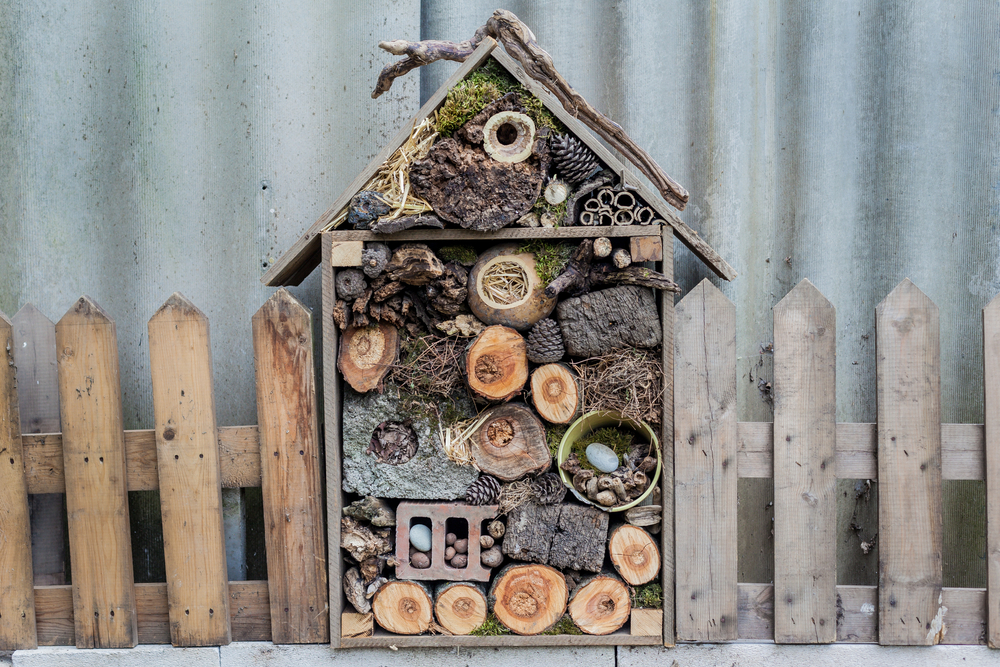
Building a bug hotel is an exciting and educational project for kids. This activity allows them to create a safe space for beneficial insects in the garden. Kids will enjoy collecting materials like sticks, leaves, and pinecones to fill their bug hotel. Once the structure is built, children can place it in a quiet corner of the garden and wait to see which insects take up residence. It’s a perfect way to teach kids about the importance of insects in the garden ecosystem.
This project not only sparks creativity but also encourages kids to explore the garden more closely. It provides valuable lessons about nature’s helpers, such as ladybugs and bees, that contribute to a healthy garden. Watching the bug hotel become populated with different creatures makes it a fascinating ongoing project. It’s also an ideal project to do when the weather cools, as it requires minimal resources. Kids will feel a sense of pride in knowing their bug hotel is helping the environment.
Creating a Mini Herb Garden
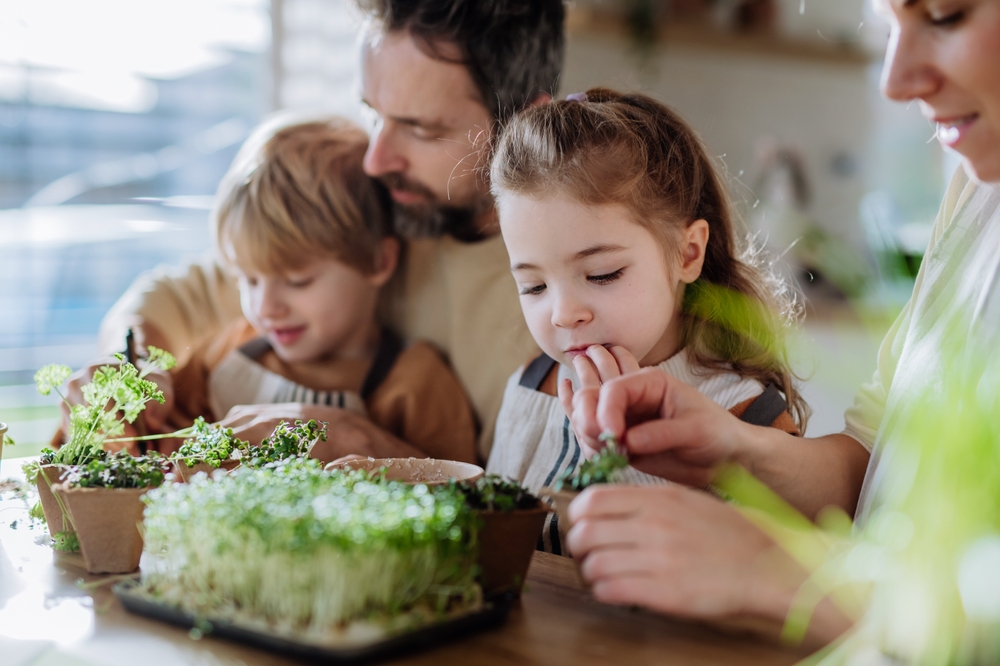
A mini herb garden is a fantastic way for kids to learn about plants while getting their hands dirty. You can create small herb gardens in containers or raised beds with easy-to-grow plants like basil, rosemary, and thyme. Children will love planting the seeds, watching the herbs grow, and even using them in the kitchen. This project provides both an educational experience and a functional garden feature. Kids can also practice watering, pruning, and harvesting, giving them a sense of responsibility.
As the herbs grow, kids will see how plants can be used in cooking and learn about the different flavors they bring. It’s a hands-on way to teach children about food, health, and sustainability. The mini herb garden can be placed on a windowsill or outside, making it easy to care for and maintain. This project is also perfect for teaching kids about the life cycle of plants. It offers a rewarding experience as they see the results of their hard work in the kitchen or in the garden.
Making Pinecone Bird Feeders
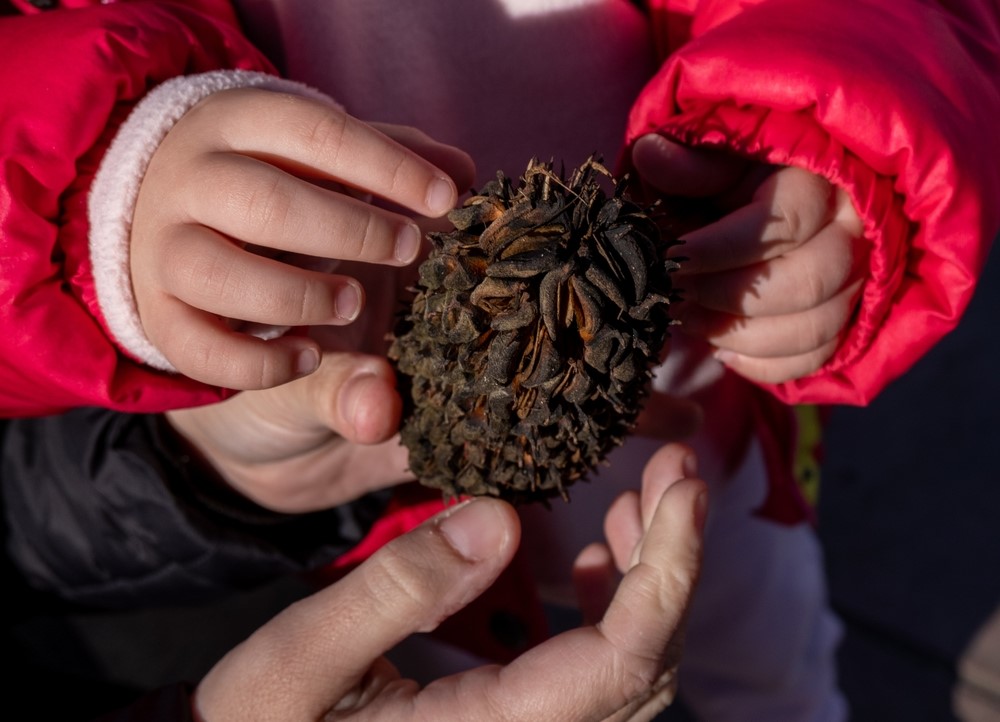
Making pinecone bird feeders is a fun, simple project that helps kids connect with nature. Using a pinecone, peanut butter, and birdseed, children can create their own bird feeder to hang in the garden. This project is perfect for little hands to get involved in, and it doesn’t require a lot of supplies. Once the pinecone is covered in peanut butter and rolled in birdseed, kids can hang it on a tree and watch the birds come to feast. It’s an easy way to add some fun to the garden while helping out the local wildlife.
This project is a great way to teach kids about the role birds play in the environment and the importance of feeding them in colder months. Watching birds enjoy the food they’ve provided creates a rewarding experience for children. Kids will also learn about different types of birds that come to the feeder. It’s a simple and engaging project that encourages outdoor observation. It’s a fun way to foster an appreciation for wildlife and the changing seasons.
Building a DIY Scarecrow
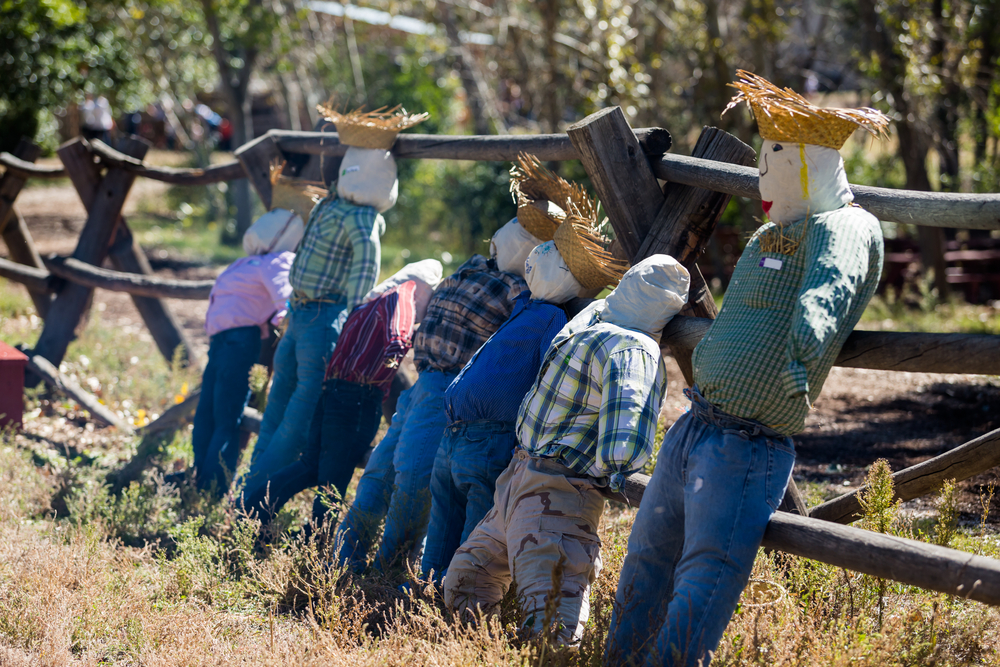
Building a scarecrow with kids is a creative project that brings a fun, seasonal touch to the garden. Using old clothes, straw, and sticks, children can create their very own scarecrow to stand watch over the garden. This hands-on activity lets kids use their imagination while also learning about how scarecrows help protect plants from pests. The process of stuffing the clothes and arranging the scarecrow is something children will love. Once completed, the scarecrow adds a whimsical element to the garden.
This project encourages teamwork and gives kids the chance to be resourceful by reusing old materials. It also provides an opportunity to talk to children about the role of scarecrows in farming and gardening. Decorating the scarecrow can be a fun way for kids to add their personal touch to the project. The finished scarecrow can stand proudly in the garden, adding both function and flair. It’s a perfect fall activity that the whole family can enjoy together.
Creating a Fall Nature Journal
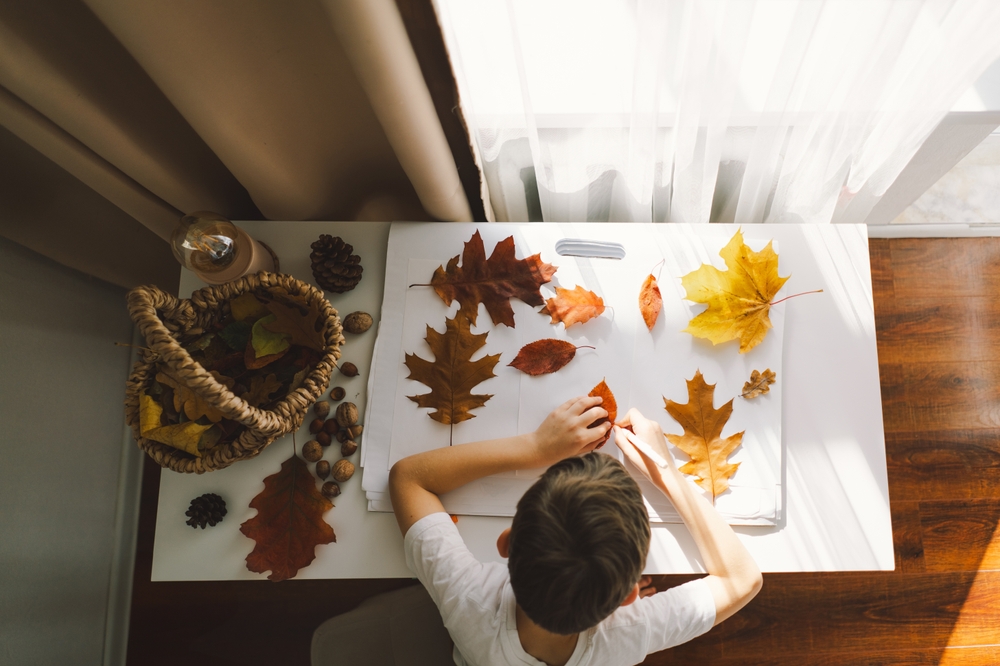
A fall nature journal is an exciting project for kids that combines outdoor exploration with creative expression. Children can head into the garden to collect leaves, flowers, and other natural items to include in their journal. As they collect their finds, they can make notes about what they see, feel, and learn about the plants. The journal is a great way to engage kids in learning about the natural world around them. It’s an easy and fun way to spark their curiosity about nature.
Kids will enjoy documenting their garden discoveries and can even draw pictures of the leaves and flowers they find. The nature journal becomes a keepsake they can look back on for years to come. It’s a wonderful way to teach children about the changing seasons and help them connect to their surroundings. With a little creativity, the journal can become a beautiful record of their fall adventures. It’s an ongoing project that can continue throughout the year, encouraging kids to stay connected to nature.
Painting Pots for the Garden

Painting garden pots is a fun way to get creative while preparing for future planting projects. Kids can decorate terracotta pots with bright colors, designs, or even nature-inspired themes. Once the pots are painted, they can be used to hold flowers, herbs, or small plants, making them a functional addition to the garden. This project lets kids personalize their own space in the garden and brings a burst of color to the yard. It’s a simple activity that adds both artistic expression and charm to the garden.
Painting pots is also a wonderful way for kids to learn about color mixing and pattern creation. They can experiment with different painting techniques, such as sponging or dotting. This project is ideal for fostering creativity while also teaching kids about taking care of plants. Once the pots are decorated and planted, kids will feel a sense of pride in their work. It’s a great way to enjoy the outdoors and brighten up the garden for the fall season.
Creating a Fairy Garden

Creating a fairy garden is a magical project that brings a touch of whimsy to your backyard. Kids will love arranging tiny plants, flowers, and fairy figurines in a small, designated garden space. This activity sparks imagination and encourages children to create their own little enchanted world. Whether using miniature furniture, rocks, or moss, kids can design the fairy garden however they like. It’s an easy way to involve children in gardening while having fun with creative elements.
Fairy gardens are a great way to introduce kids to different plant species and teach them about garden care. The project encourages children to take ownership of a small area in the garden and make it their own. As the plants grow, kids can continue to add new decorations, keeping the fairy garden fresh and exciting. This project is perfect for kids who enjoy storytelling, as they can create their own fairy tales. The garden provides a peaceful space for children to enjoy nature in their own special way.
Making a Compost Bin
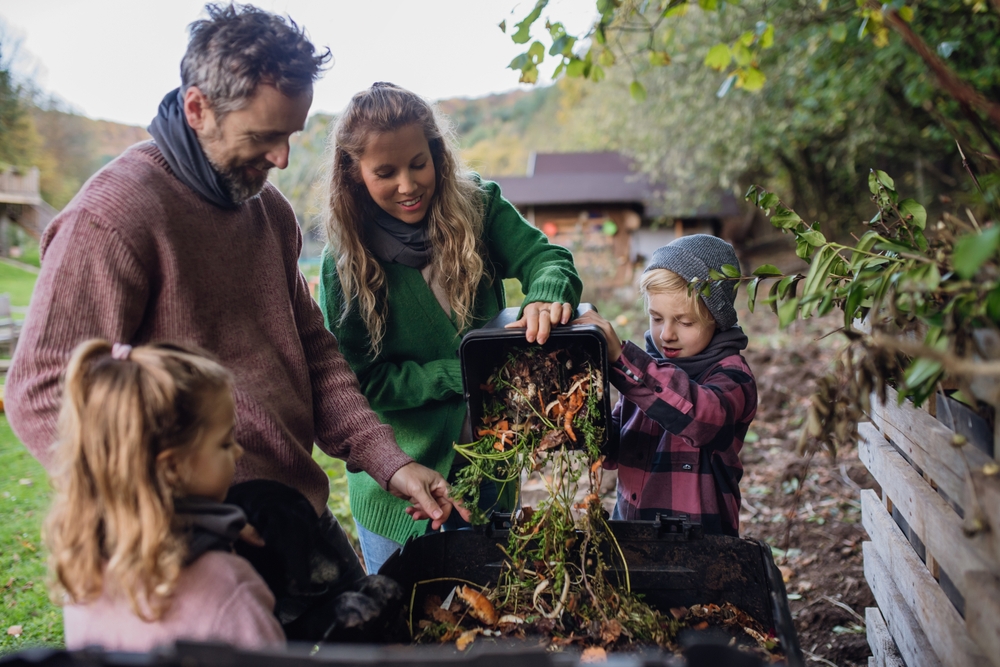
Making a compost bin is a fantastic way to teach kids about sustainability and the importance of recycling. Children can collect food scraps, leaves, and yard waste to add to the bin, learning how organic materials break down to create rich, healthy soil. It’s a fun, hands-on project that also educates kids about the environment. As they watch the composting process unfold, children will learn about the cycle of nature. It’s an easy way to start a small eco-friendly project that benefits both the garden and the planet.
This project teaches kids about the value of waste reduction and how to use compost in the garden to improve soil health. They can take turns adding materials to the bin and checking on its progress. It’s a great way to encourage kids to think about sustainability and the impact of their actions. By the time the compost is ready, kids will understand the importance of recycling organic waste. It’s a rewarding and educational project that encourages kids to care for the planet.
Building a Garden Path with Stones
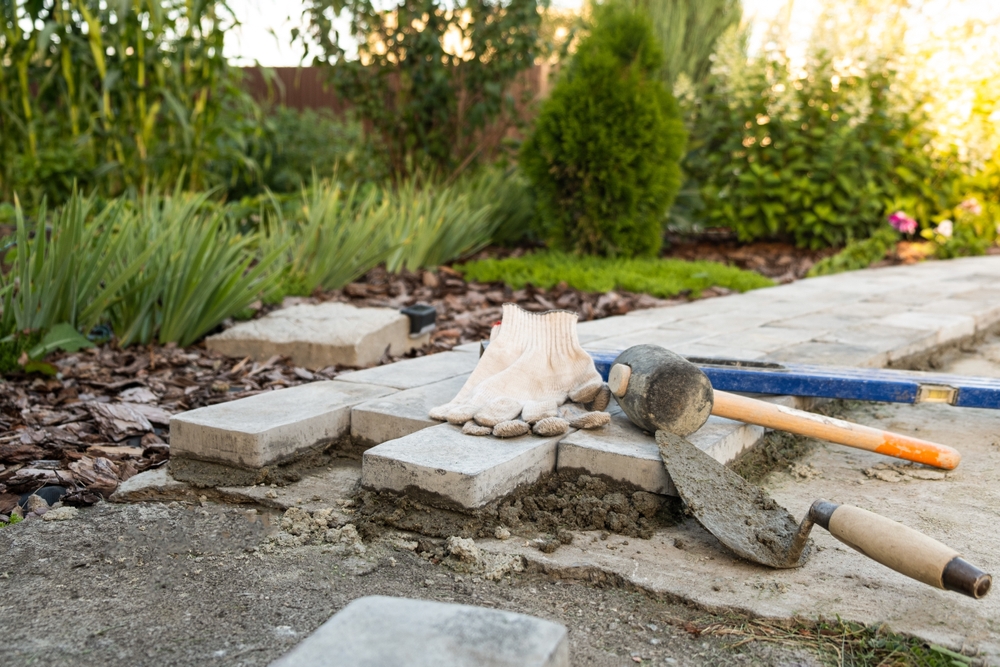
Building a garden path with stones is a practical and fun project for kids that also adds character to the garden. Kids can help arrange the stones in patterns or designs, creating a unique path that winds through the garden. This hands-on project introduces kids to basic construction skills while improving the garden’s layout. It’s a fun way to work together as a family and make the garden more enjoyable. The finished path provides a space for kids to walk through the garden and admire their work.
The process allows kids to be involved in a project that combines design with construction. It’s a great opportunity for children to develop spatial awareness and problem-solving skills. Once the path is complete, it serves as both a decorative feature and a functional element of the garden. Kids can personalize the path with flowers or small plants along the edges, making it even more special. This project is a perfect way to keep kids active while improving the garden for the coming months.
Planting Tulip Bulbs for Spring
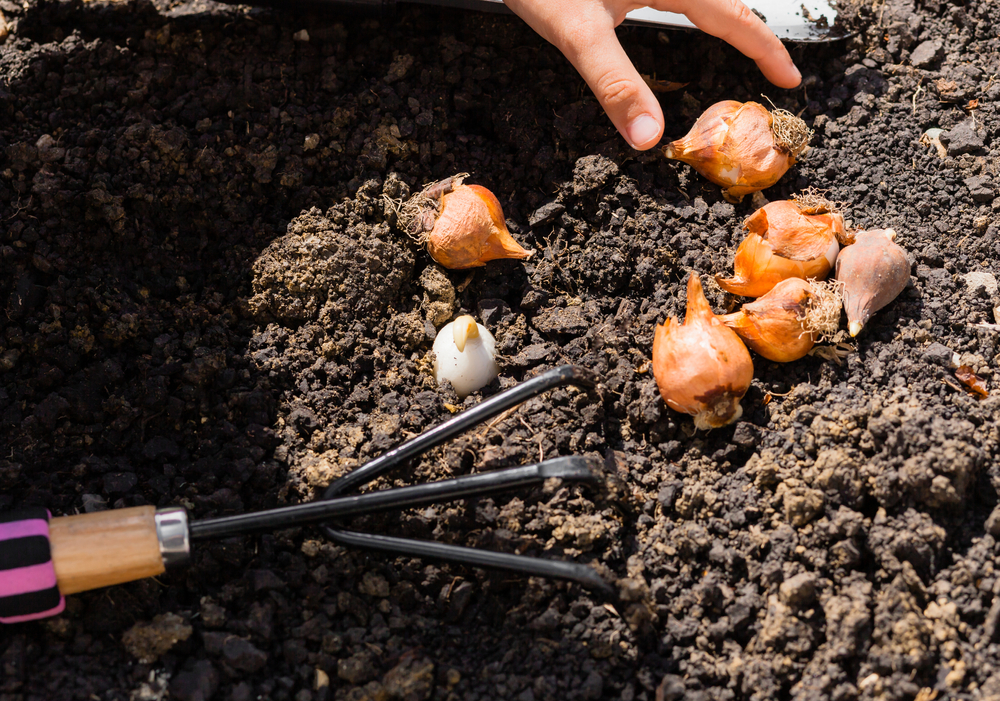
Planting tulip bulbs is a perfect November project that kids can look forward to in the spring. By planting the bulbs now, kids get to experience the anticipation of seeing the flowers bloom in a few months. The bright colors of tulips will provide a cheerful display when the weather warms up. It’s a fun and simple task that involves digging small holes, placing the bulbs, and covering them with soil. Kids will enjoy helping with the planting process and taking care of the bulbs through the winter.
In addition to the fun of planting, this project teaches kids about the life cycle of plants and how seasons affect growth. Watching the tulips grow in the spring provides a sense of accomplishment and excitement. Tulips are easy to plant and maintain, making them ideal for young gardeners. The project is an excellent introduction to gardening for kids and offers an opportunity to connect with nature. As the flowers bloom, kids will appreciate the beauty they helped create.
Making Garden Markers
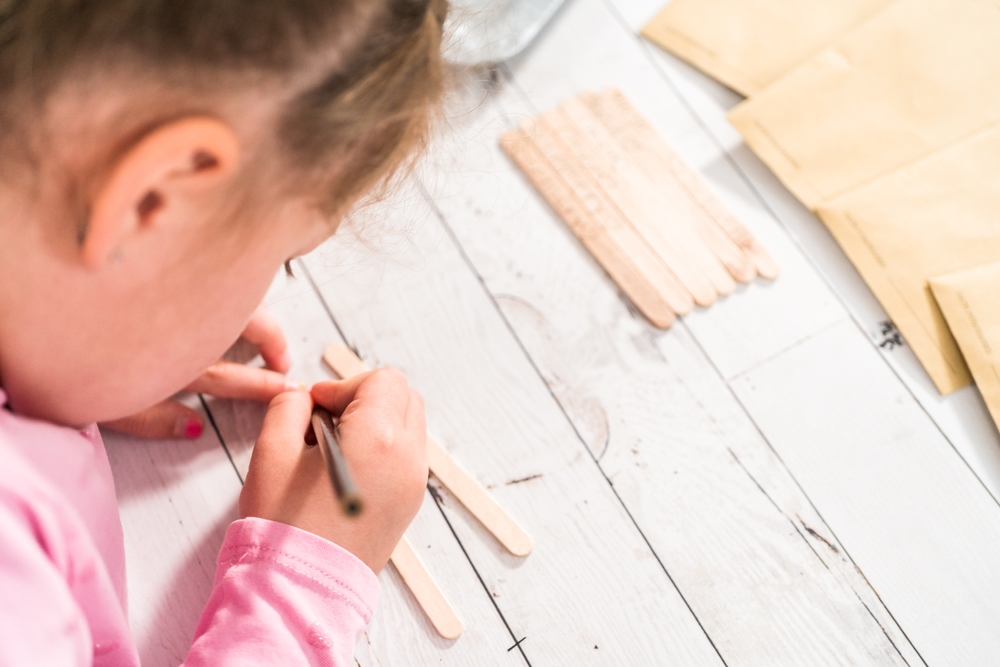
Making garden markers is an easy and creative way to involve kids in the garden. Using materials like popsicle sticks, paint, and markers, kids can create colorful labels for different plants. This project is perfect for helping kids learn about the plants they’re growing and how to keep track of them. The markers can be personalized with fun designs or names, making it an enjoyable craft. It’s an easy project that kids of all ages can participate in.
These garden markers are not only functional but also add a personal touch to the garden. They help kids stay organized and learn the names of the plants they are growing. This project also encourages creativity and allows kids to express their artistic side. As the plants grow, kids will feel a sense of pride in knowing they helped create the labels. The markers make gardening even more fun and interactive for kids, adding a bit of color and creativity to the space.
These garden projects are a great way to get kids outside and connected to nature during the cooler months. Not only do they provide hands-on learning opportunities, but they also foster creativity and teamwork. Gardening is a wonderful way to make lasting memories with your children while teaching them valuable life skills.
This article originally appeared on Avocadu.
